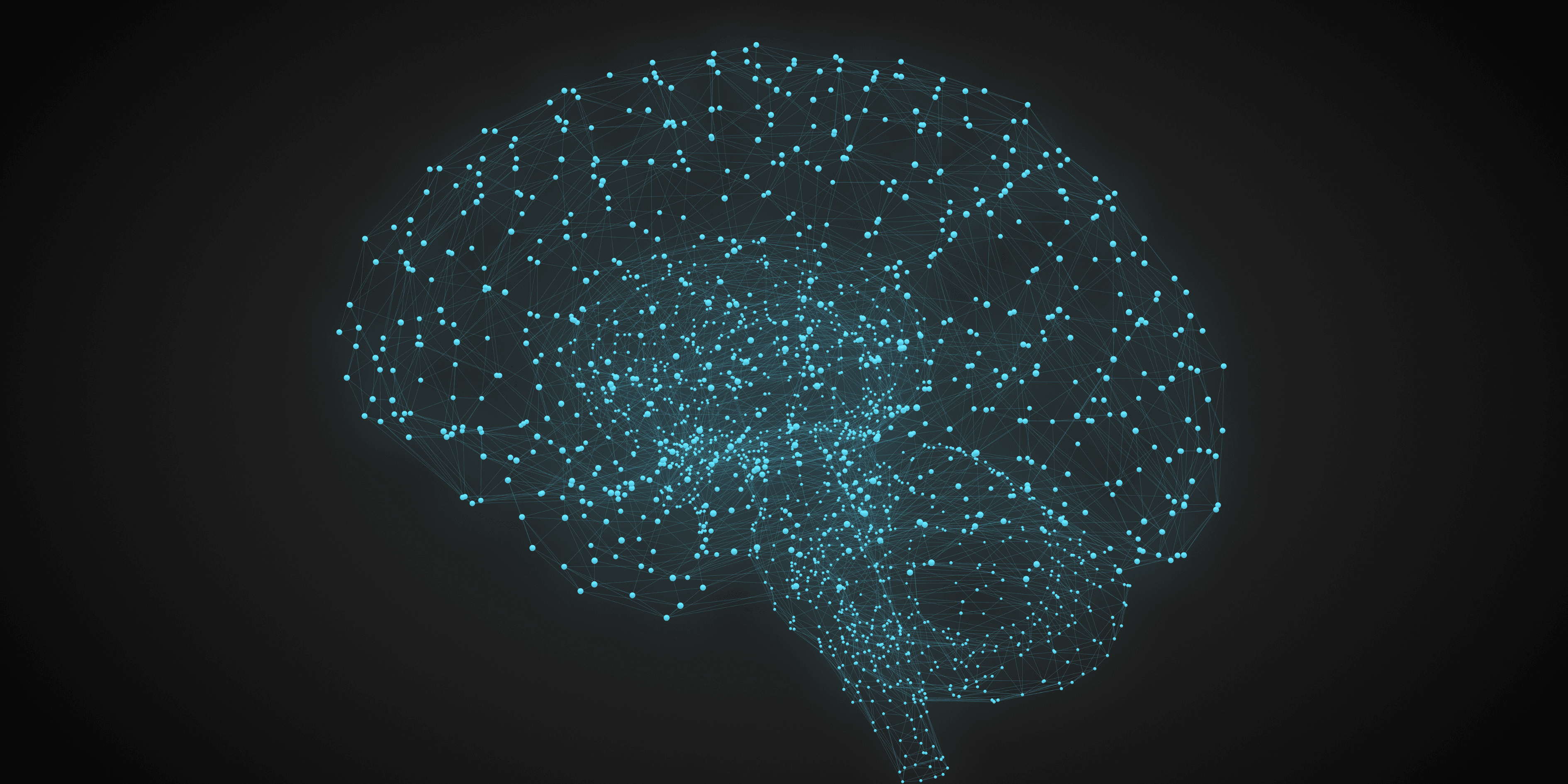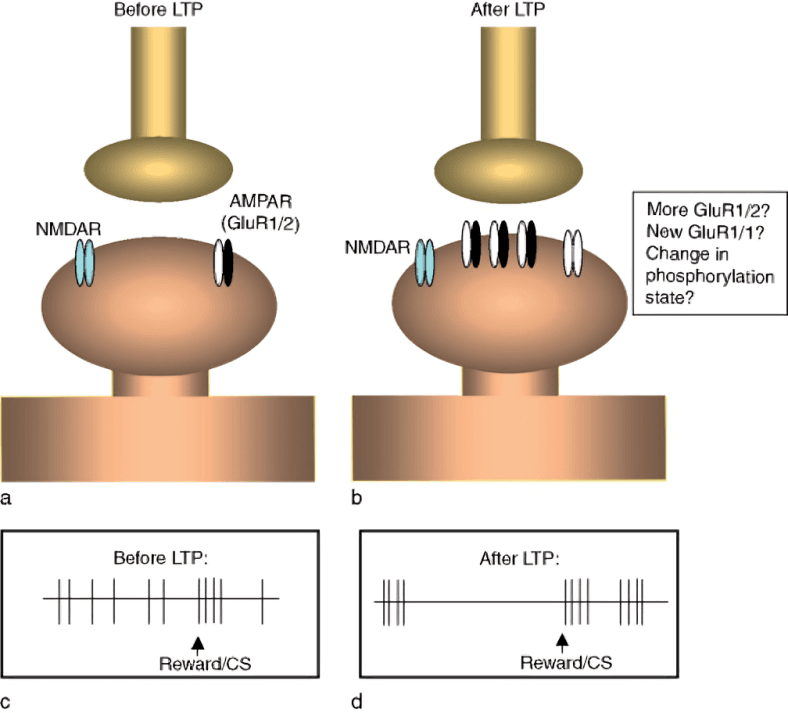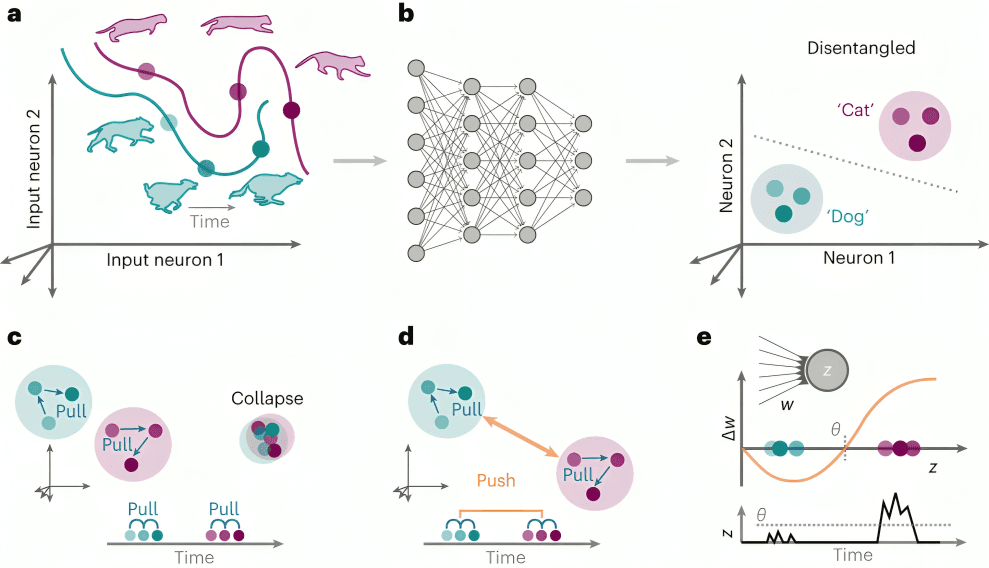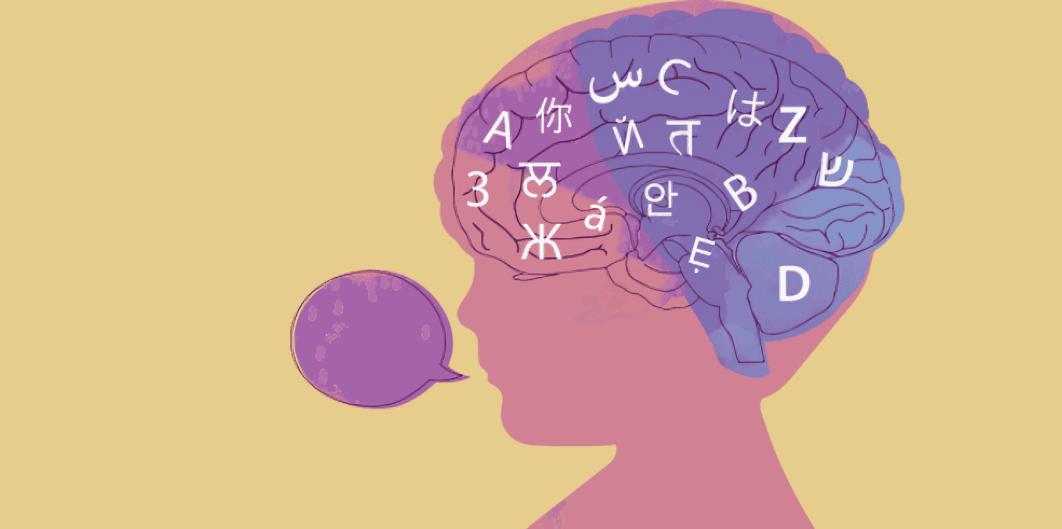
“
The brain’s ability to adapt, change, and rewire itself based on experience is central to human intelligence and memory. This adaptability, known as how learning affects neuron connections, involves structural and chemical changes in neurons, especially at the synapse level. As we gain new knowledge or practice a skill, neurons communicate more efficiently, build stronger links, and sometimes even grow new branches. 1
1
”
Learning stimulates neurons to grow new dendritic spines—tiny branches that increase surface area, making it easier for neurons to connect and share signals linked to acquiring new knowledge.1
Every time you learn something new, the synaptic strength between neurons can increase. This means signals pass more quickly, reinforcing memory and understanding over repeated exposure. 2

Long-Term Potentiation (LTP) is a key biological process triggered by learning. It strengthens synapses so that neurons can fire together more easily, reinforcing neural circuits responsible for memory and skill retention.
Neurons involved in frequent activity—such as studying or practice—tend to grow thicker axons with more myelin. This insulation helps speed up electrical signals, boosting learning speed and reaction time.3
The hippocampus, vital for memory formation, is one of the few brain areas where new neurons (neurogenesis) are born in adulthood. Learning enhances this process, especially through exercise. 4
Each learned experience changes not only the number of connections between neurons but also their efficiency and pattern, creating unique “neural fingerprints” of everything you know and remember. 5
Active learning techniques—like retrieval practice or teaching—engage more brain regions than passive listening, strengthening neural connections and improving understanding across brain areas. 6
Children’s brains are especially malleable because their neurons form and prune connections rapidly. This neural flexibility allows them to absorb new languages, habits, and skills faster than adults. 7

Repetition during learning strengthens neural pathways through a process known as “Hebbian plasticity,” where neurons that fire together wire together, reinforcing specific responses to recurring stimuli.
Emotional experiences can intensify learning by activating the amygdala, which tags memories as important. This causes stronger neuron connections and longer retention of emotionally charged information. 8
The more diverse and engaging the learning experience, the more brain regions get involved. Multisensory learning strengthens multiple types of synaptic connections across the cortex. 9
Sleep plays a crucial role in memory consolidation. During deep sleep, the brain replays and reorganizes neural patterns formed during learning, helping to strengthen the neuron connections built earlier. 10
Dopamine, a reward-linked neurotransmitter, is released during successful learning, boosting attention, motivation, and memory by strengthening neural connections and activating the brain’s reward circuit.11
Learning new skills—like music or dance—engages both motor and cognitive areas of the brain, causing cross-communication between regions. This builds a more integrated and efficient neural network. 12
Brain scans show that as learning happens, neuron activity shifts from widespread to focused areas, revealing how repeated tasks make the brain more efficient through neuron-level changes. 13

Learning a second language increases the density of gray matter in areas related to language and memory. These denser neural connections reflect stronger cognitive processing and higher mental flexibility.
Interactive group learning boosts neural connectivity as social engagement activates mirror neurons, helping simulate observed behaviors and deepen understanding through shared thinking.14
Novelty is a key driver of neuroplasticity. Trying unfamiliar activities stimulates neuron growth and forces the brain to form new connections to adapt and learn efficiently. 15
Cognitive flexibility—our ability to switch thoughts or adapt—is enhanced by learning, which promotes new neural pathways and the pruning of outdated ones, making thinking more efficient. 16
Continual learning, even in older adults, maintains cognitive function by stimulating brain-derived neurotrophic factor (BDNF), which supports neuron survival and the formation of new synaptic connections.17


